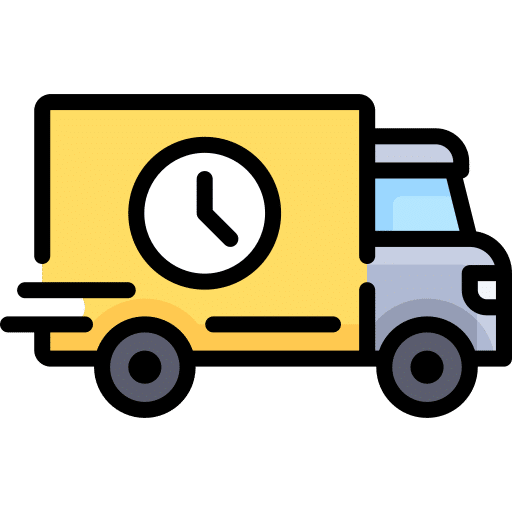Amazon CloudFront is a Content Delivery Network (CDN) web service. It integrates with other AWS Cloud web services to provide developers and business users with a simple and efficient way of distributing content around the world, while benefiting from very low latency and high transfer speed, with minimal usage.
Amazon CloudFront features
Thanks to its robustness and tight integration with the AWS ecosystem, CloudFront stands out for its range of features that go beyond simple content delivery.
 |
Global Distribution via Points of Presence (PoP) | CloudFront has dozens of PoPs distributed worldwide. These locations enable serving content from the closest point to the user, thereby reducing latency. |
|---|---|---|
 |
Integration with AWS Cloud Services | CloudFront can easily integrate with other AWS services such as S3 for content delivery, EC2 for web applications, or AWS WAF for advanced firewall features. |
 |
Advanced Security | |
 |
Performance Optimization | |
 |
Content Personalization | AWS Lambda functions can be executed closest to the user to generate, modify, or optimize content in real-time. |
 |
Caching | |
 |
Analysis and Monitoring | CloudFront logs and Amazon CloudWatch are used to monitor distribution activity, identify trends, and diagnose issues. |
 |
Support for Various Protocols | CloudFront supports HTTP/2, HTTP/3, and WebSocket, ensuring compatibility with a variety of applications and browsers. |
How does CloudFront distribute content?
The magic behind CloudFront lies in the way it distributes and optimizes content delivery to users all over the world. Let’s take a step-by-step look at this process:

| 1 |  |
Content origin | |
|---|---|---|---|
| 2 |  |
Distribution | |
| 3 |  |
User request | |
| 4 |  |
Cache and distribution | |
| 5 |  |
Optimizing the road | |
| 6 |  |
Content delivery | |
| 7 |  |
Cache refresh |
Conclusion
Amazon CloudFront exemplifies excellence in performance, security and scalability. In a digital environment where the speed of data transmission is a key success factor, CloudFront is positioned as an essential tool to ensure efficient and secure delivery of content to end users.
Its global presence through a network of Points of Presence, combined with tight integration with other AWS services and adaptability to the diverse needs of businesses, sets it as a benchmark in the content delivery network sector.
💡Related articles:
Some references:
 |
Zalando manages 100,000 transactions per second using Amazon CloudFront |
|---|---|
 |
Honda migrates its CDN to CloudFront, thus optimizing costs and performance» |










